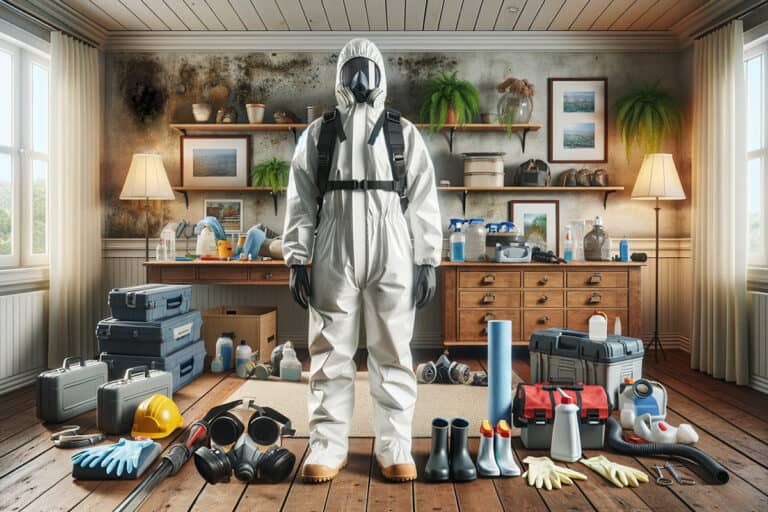Understanding Red Mold: Identification, Removal, & Health Impacts
Mold, especially red mold, poses unique challenges in homes, often mistaken for stains due to its pinkish to deep red hue and slimy texture. Common in damp areas like bathrooms, showers, and humidifiers, it’s crucial to distinguish red mold from other types for proper management. While not as harmful as black mold, red mold can still affect those with allergies or respiratory issues. This guide covers identification, removal, and prevention techniques to maintain a healthy living space, emphasizing the importance of addressing moisture issues to combat mold growth effectively.


